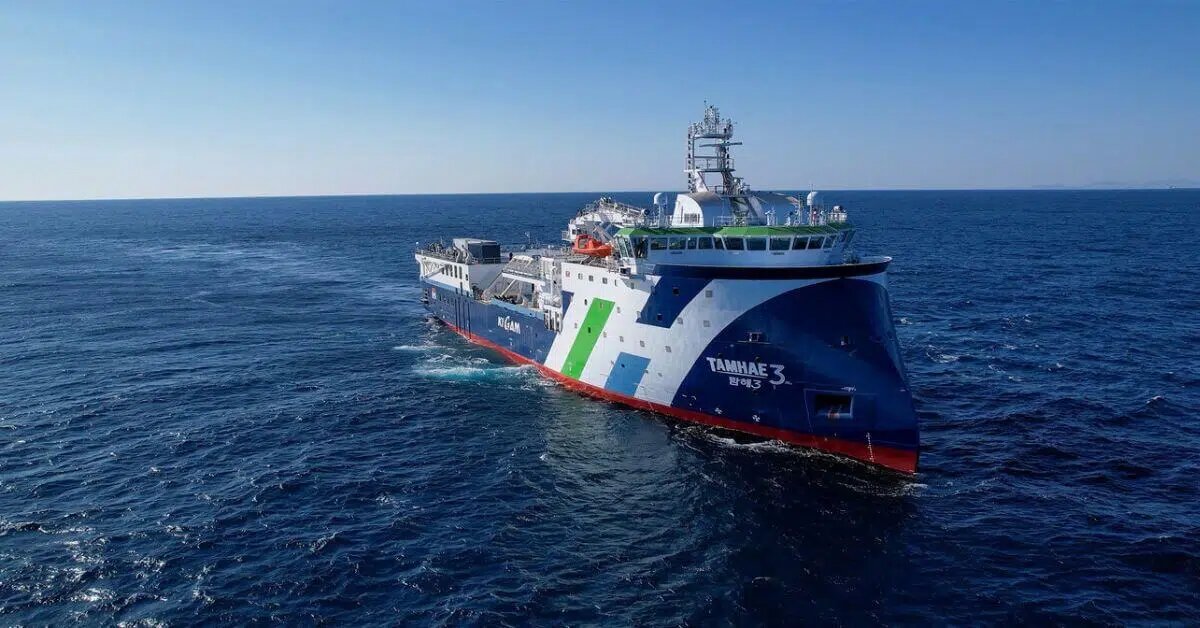The shipping organization BIMCO noted in its weekly report that the number of newly built dry bulk carriers joining the global fleet is steadily increasing, with new vessel deliveries in 2026 potentially reaching a six-year peak.
Filipe Gouveia, BIMCO Shipping Analyst, stated: “We forecast that dry bulk carrier deliveries will gradually rise this year and in 2026, reaching 41.2 million deadweight tons, marking the highest level in six years.”
However, Filipe Gouveia emphasized that new vessel orders have not yet reached the levels seen in the 2010s.
What types of bulk carriers are shipping companies ordering?
Breakdown by vessel type:
✦ Panamax: Accounts for 33.9% of deliveries—higher orders for this type in 2023-2024 due to elevated freight rates;
✦ Supramax: Accounts for 28.3%—also benefiting from favorable market conditions;
✦ Capesize: Accounts for 23.9%—these larger vessels have longer construction cycles, with most orders placed in 2024 to be delivered after 2026.
Regarding alternative fuel adoption:
✦ 9.1% of newbuilds can use alternative fuels;
✦ 10.7% of newbuilds are retrofit-ready for alternative fuels;
✦ Among these, LNG (37.1%) and methanol (34.9%) are the most popular fuel types.
The report also noted: “Despite the increase in deliveries, the growth rate of the dry bulk fleet is only half that of the 2010s. During that period, China’s strong demand was the primary driver of dry bulk capacity needs, which in turn spurred new vessel construction. Since then, demand has declined, and in recent years, sailing distances have partially offset the slowdown in freight rate growth.”
In recent years, ‘black swan’ events such as sanctions and the Red Sea conflict have significantly impacted dry bulk shipping companies, leading to a substantial increase in sailing distances. This has not only unexpectedly boosted demand for dry bulk carriers but also caused shipping companies to delay the scrapping of older vessels.
BIMCO stated that due to weak demand, average freight rates in 2025 are expected to decline and may persist through 2025 and 2026.
Forward Freight Agreements (FFAs) indicate that the market expects weaker freight performance for Panamax and Supramax vessels, while Capesize vessels may fare better.
Filipe Gouveia said: “The increased deliveries of Panamax and Supramax vessels could worsen market conditions for these vessel types. This may result in a slow rise in the scrapping of older, less competitive vessels within these categories.”





